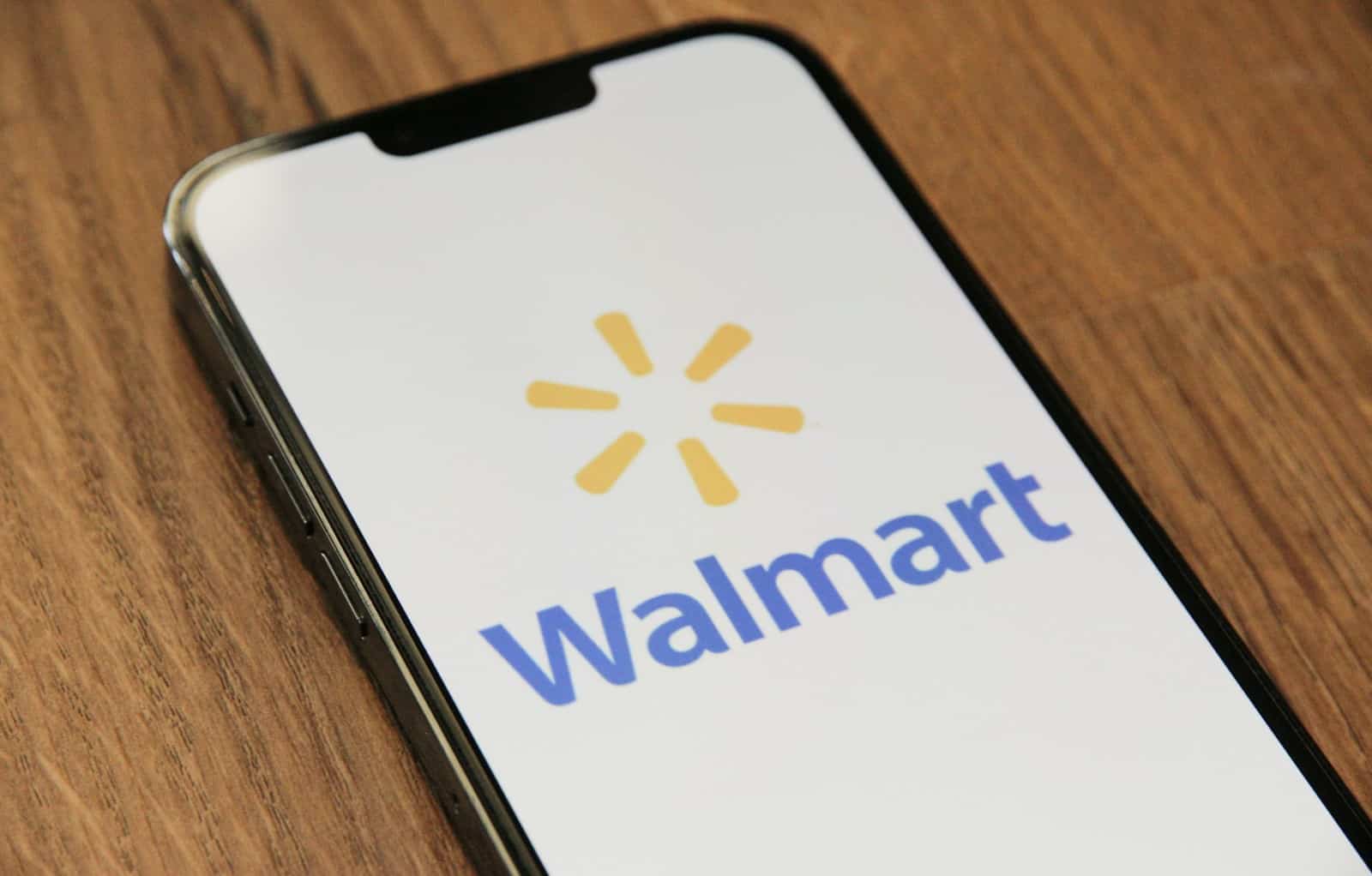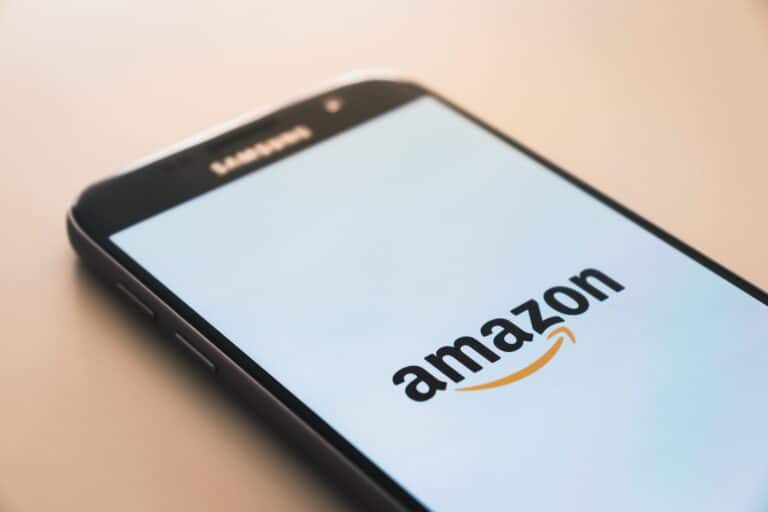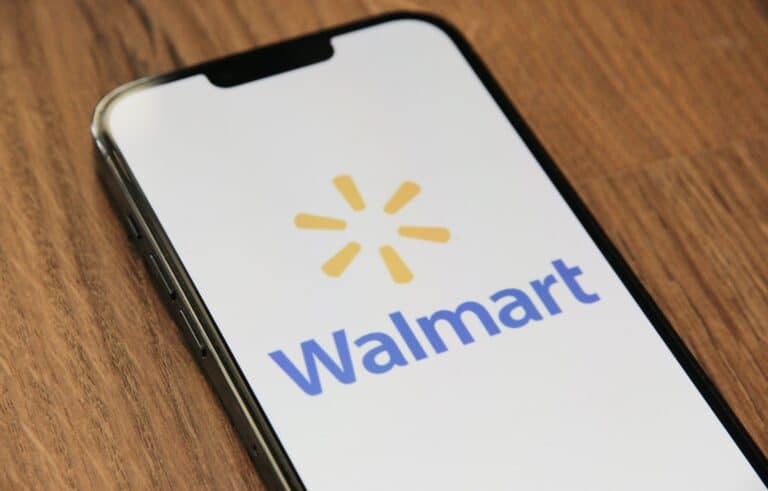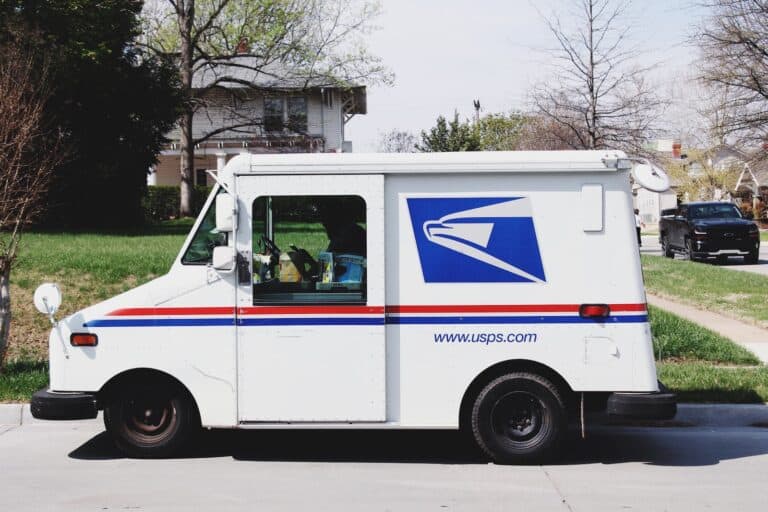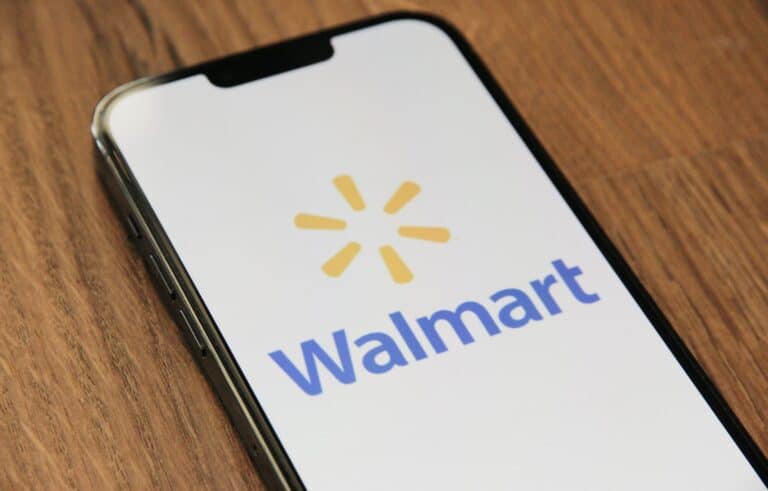The self checkout era might be coming to a close – at least at Walmart stores. We’re seeing policy changes all over the country now restricting or closing down self-checkout lanes. In certain stores self-checkout is only open to Spark Drivers, Walmart+ members, and/or 10 items or less customers. Some stores have completely done away with the self checkout lanes. This decision comes as retailers face growing concerns over theft and customer satisfaction. While self-checkouts offer convenience, they also pose challenges, including increased shoplifting and frustration among shoppers.
While the success of self-checkout lanes is debatable, it wouldn’t be entirely accurate to categorize it as a complete “failure” for Walmart. Here’s a table outlining the arguments for and against self-checkout at Walmart:
| Arguments for “Failure” | Arguments Against “Failure” |
|---|---|
| Customer experience: Frequent technical issues, long wait times for assistance, impersonal experience | Convenience: Faster checkout for small baskets, avoids long lines at traditional registers |
| Increased theft: Higher “shrinkage” (loss of inventory) due to unintentional errors and shoplifting | Labor costs: Potential for reducing cashier positions, although not always implemented |
| Job displacement: Concerns about job losses in the retail sector | Evolution, not abandonment: Continued development of self-checkout technology and hybrid models involving employee assistance |
Experts and business owners have voiced their concerns, pointing out that while technology aims to make shopping easier, it can sometimes lead to more problems. Theft, in particular, has become a significant issue, with some customers taking advantage of the self-service system. Walmart’s move to limit self-checkout lanes aims to address these concerns, balancing the need for efficiency with the desire for a secure and pleasant shopping experience.

Officially, Walmart is “re-evaluating its self-checkout strategy” not abandoning it. They’ve removed kiosks from some stores, redesigned others with more employee support, and are testing cashier-less technology similar to what Amazon Go was using. At several of the stores we’ve visited, however, it looks like self-checkout is being made inaccessible to the general public.
Key Takeaways
- Walmart is limiting self-checkout lanes in response to concerns over theft and to enhance the customer shopping experience, addressing the balance between technology convenience and security challenges.
- Limiting self-checkout could potentially decrease theft rates, but may lead to longer wait times at manned registers unless additional staff are hired, affecting shopper convenience and operational efficiency.
- The reduction of self-checkout lanes might shift employee roles, necessitating more cashiers and possibly improving customer service through increased on-floor assistance and interaction.
- Consumer opinions on self-checkout are mixed, with some appreciating the speed and convenience, while others may feel frustration with reduced availability, influencing future shopping behaviors and store loyalty.
- Retailers, including Walmart, are navigating the complexities of integrating technology with human touch to create a shopping experience that satisfies diverse consumer preferences and ensures operational integrity.
The Impact of Limiting Self-Checkout Lanes
Walmart’s decision to limit self-checkout lanes is a big deal. This move could change how we shop and affect many things in the store. Let’s look at what might happen.
First, shoplifting might go down. Statistics show theft is a problem with self-checkout. By cutting down these lanes, Walmart hopes to see fewer stolen items. This could save the store money in the long run. For instance, some stores reported a link between self-checkouts and higher theft rates. Costco, facing similar issues, added more staff to oversee these areas.
Second, this change might mean longer lines at regular cashiers. With fewer self-checkout options, more people will head to staffed checkouts. This could lead to longer wait times unless Walmart hires more cashiers.
On the flip side, many shoppers enjoy using self-checkout for its speed and convenience. A survey found that 69% of users think these machines make shopping faster. If these lanes become scarce, some customers might feel annoyed or frustrated, potentially impacting their overall shopping experience.
Lastly, employee roles could shift. With a focus on traditional checkouts, Walmart might need more cashiers. This could create more jobs or change current employees’ work. It might also lead to better customer service since more staff will be available to help out on the floor.
While it’s unclear how all these changes will play out, Walmart’s shift signals a new direction in retail. They’re balancing technology with customer needs and security. Other stores are watching closely, and some might follow suit. Whether this will improve the shopping experience remains to be seen.
Growing Concerns in Retail
Retail stores face a tough choice. They want to cut costs, but they also aim to keep shoppers happy. This balance is hard to find. Walmart and other big stores are trying to figure this out. They’re looking at self-checkout lanes as a place to start.
Self-checkout lanes mean fewer workers are needed. This saves money for the stores. But, there’s a problem. When shoppers check out their own items, some things might not get scanned. This can happen by accident or on purpose. Either way, stores lose money.
Theft is a big worry. Experts say that self-checkout makes theft easier. Shoppers might not scan every item. Or they might say an expensive item is a cheaper one. Even good people might be tempted to do this. Stores then lose more than they hoped to save.
In big cities like New York, store owners are choosing not to use self-checkout. They say it’s because of theft. For them, it’s better to have workers help shoppers. This keeps things honest and prevents mistakes.
But there’s another side to this. Some shoppers love self-checkout. It’s fast. You don’t have to wait in long lines. You control your checkout. For these shoppers, taking away self-checkout might make shopping less fun. They might even go to other stores that have it.
Stores are changing. They want to save money but also make sure shoppers come back. It’s a tricky thing to do. Each store might make different choices. What’s clear is that they all have to think about these things. They have to watch what happens and be ready to change.
Challenges Posed by Self-Checkouts
Self-checkouts, often seen as a fast and convenient shopping option, come with their own set of challenges. Retailers like Walmart have noticed that while these lanes reduce the need for staff, theft rates have increased. Analysts suggest that the impersonal nature of self-service could embolden dishonest shoppers. In cities like New York, some stores have started phasing out self-checkouts to cut down on theft.
Costco has reported a spike in ‘shrink’ – retail parlance for loss of inventory due to theft or error – since rolling out more self-checkout lanes. The company discovered that nonmembers were using these lanes with borrowed membership cards, prompting an increase in staff oversight in these areas.
Similarly, Five Below noted higher shrink rates in stores equipped with numerous self-checkouts. As a response, the company plans to add more staffed registers in their new outlets. This move aligns with the understanding that a human presence can deter theft and improve inventory control.
Legislation in certain regions aims to limit the expansion of self-checkouts in grocery stores. A bill proposed to cap the number of self-checkout lanes to eight per store is under consideration. This legislative effort underscores the gravity of issues like theft and job reduction associated with self-service lanes. Moreover, it includes incentives for shoppers, like a 10% discount for bagging their own groceries with more than 10 items, encouraging responsible use of self-checkout while addressing the challenge of understaffing.
Shoplifting incidents have surged in areas with a high density of self-checkout lanes. Daily reports of theft in places like Dickson City, Pennsylvania, highlight the need for a balanced approach to self-service technology in retail.
Expert Opinions and Concerns
Retail is changing fast. As stores like Walmart test the waters on how many self-checkouts they really need, experts are weighing in. They’re talking about what’s good, what’s not, and how it affects everyone who shops.
Christopher Andrews, a top mind in studying shopping habits, highlights a big worry: theft. When people check out their own items, some might be tempted to skip scanning some things to save money. Or, they might make honest mistakes that could cost the store.
On the flip side, John Catsimatidis, who runs big grocery chains in New York, doesn’t like self-checkouts for a simple reason: theft. It’s a deal-breaker for him. Catsimatidis thinks the risks aren’t worth the supposed savings.
Here’s a twist — while some stores push for more machines, they’re not always slashing jobs. Data from Kroger and Target reveals an interesting trend. Even as they add more self-checkouts, the number of workers doesn’t plunge. In fact, Kroger had about 139 workers per store back in 2012. By January, that number didn’t drop significantly. The same goes for Target.
What does this mean? Well, it’s complex. Some say these machines don’t actually save stores as much money as they hoped. And when things go wrong, customers get frustrated. They might need help from a real person, which defeats the purpose of doing it themselves.
In the end, giving people a choice might be the key. Some shoppers love the speed of scanning their own items. Others miss the chat with a cashier. What’s clear is this: stores are still figuring it out. They’re balancing tech with human touch, aiming for a shopping experience that works for everyone.
Walmart’s Decision to Address Issues
Walmart, a giant in the retail world, has begun to limit the use of self-checkout lanes in some of their stores. The move comes in response to a mix of concerns, including theft and customer satisfaction. With this strategy, Walmart aims to tackle the challenges associated with self-service technology head-on.
Theft has been a significant issue with self-checkout. It’s not just about people intentionally stealing. Some customers make honest mistakes. They might scan an item incorrectly or forget to scan it at all. Either way, it results in losses for the store. Walmart’s decision reflects a broader industry challenge where technology’s convenience clashes with its vulnerabilities.
However, it’s not all about reducing theft. Customer experience plays a big role in Walmart’s strategy. Self-checkout lanes can be frustrating for some shoppers. Issues with the technology can cause delays. Not everyone finds the machines easy to use. By reintroducing more staffed checkout options, Walmart aims to provide a choice. They believe this balance will cater to all their customers’ preferences.
To implement these changes, Walmart plans to increase the number of staff around self-checkout areas. These employees can assist customers, helping reduce theft and improve the shopping experience. It’s a move that also acknowledges the importance of human interaction in retail. Even with advanced technology, the value of personal service remains high.
Retailers across the board are watching Walmart’s experiment closely. The outcome could influence how stores worldwide approach self-checkout technology. As customer preferences and technology evolve, retailers like Walmart must continuously adapt. They strive to offer both convenience and security, aiming to meet the needs of every shopper.
Conclusion
Walmart’s decision to adjust its self-checkout strategy highlights a pivotal moment for retail, blending technology with the human touch to enhance the shopping experience. By addressing theft and customer satisfaction head-on, they’re setting a precedent for the industry, showing that innovation and traditional customer service can coexist. As retailers worldwide watch and learn, this move could very well shape the future of how we all shop, making every trip to the store smoother and more enjoyable for customers.
Frequently Asked Questions
What is the new Walmart self-checkout policy?
Walmart’s latest self-checkout policy enables customers buying specific items to scan them and opt for a pay-later scheme. To qualify, the purchase must be at least $144, with a financing cap of $4,000, as per a Walmart spokesperson’s statement to Reuters.
What is skip scanning at Walmart?
Skip scanning at Walmart refers to an unethical tactic where customers at self-checkout stations scan cheaper items while bypassing more expensive ones, or feign scanning, to evade store security.
How much do stores lose in self-checkout theft?
Stores encounter extensive losses due to self-checkout theft, with shrink rates reaching 3.5% of total sales. This figure is over 16 times higher than losses associated with traditional cashier transactions, according to a study by Glaser’s company.
What happens if you don’t scan something at Walmart self-checkout?
Not scanning an item intentionally at Walmart’s self-checkout can lead to serious legal repercussions, including charges for theft or shoplifting.
Does Walmart self-checkout take pictures of you?
Yes, Walmart’s self-checkout systems are designed to capture images of the shopper and the credit card being used for purchase. These images are stored along with transaction data for security purposes.

